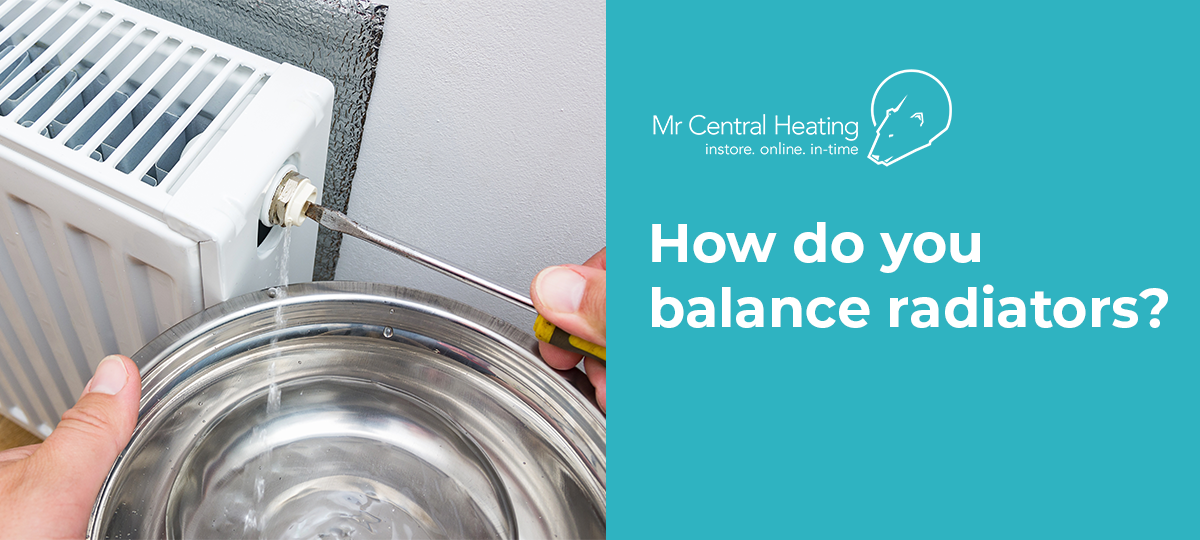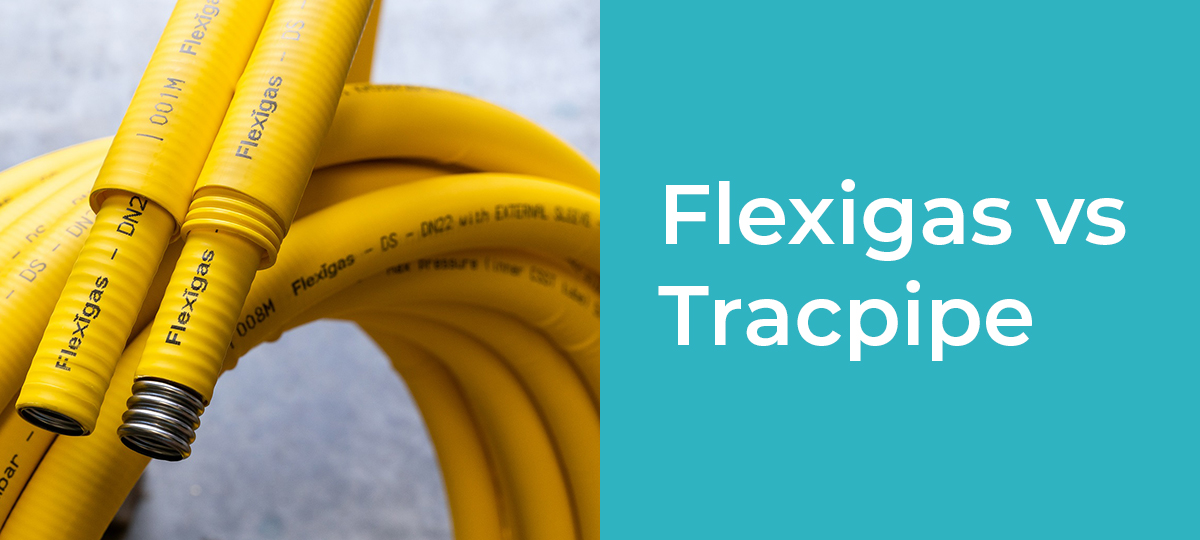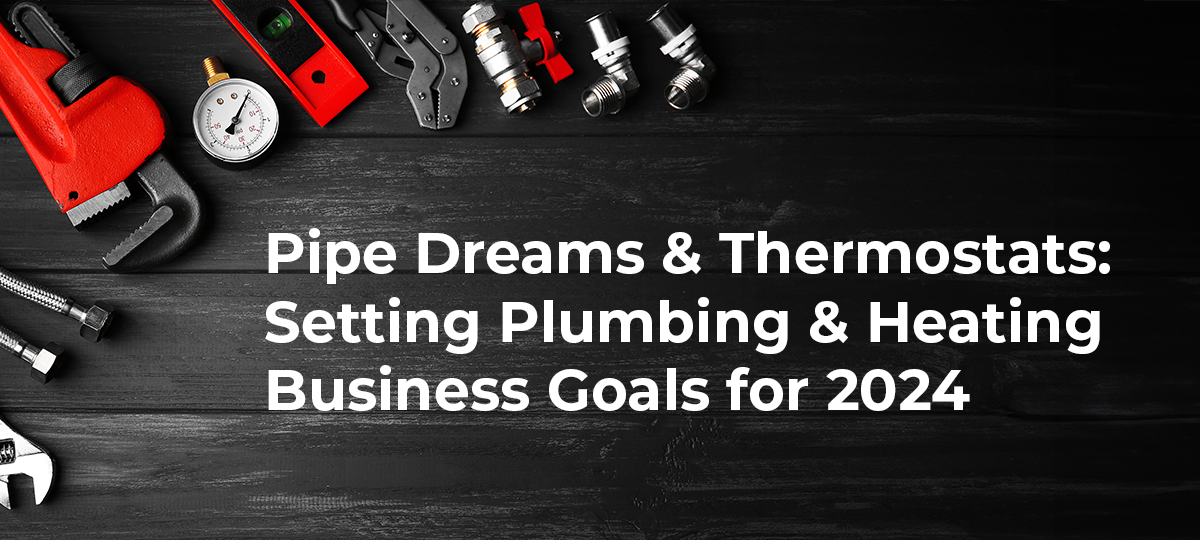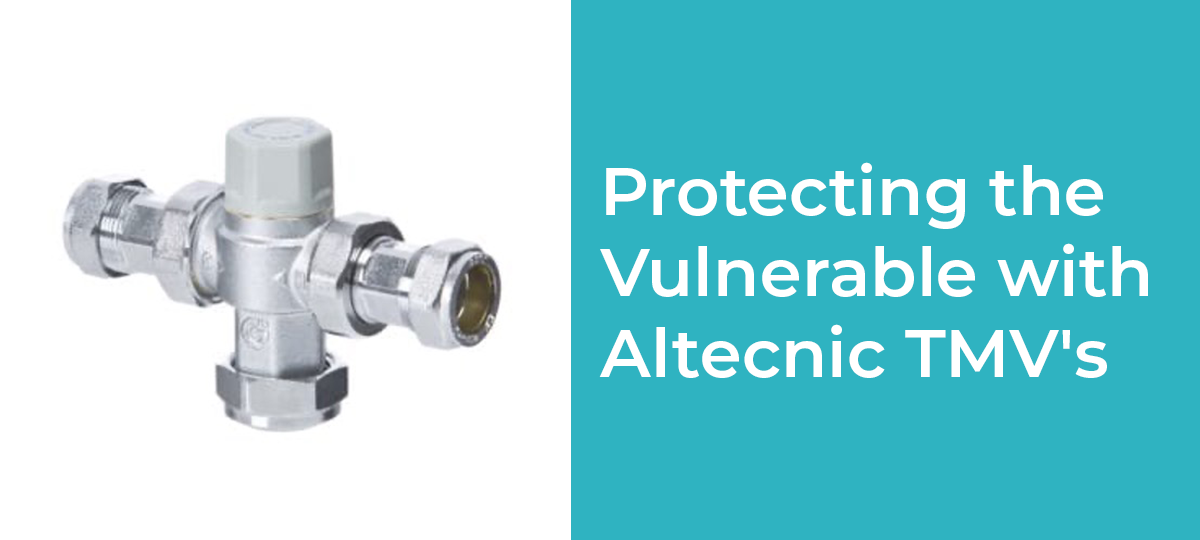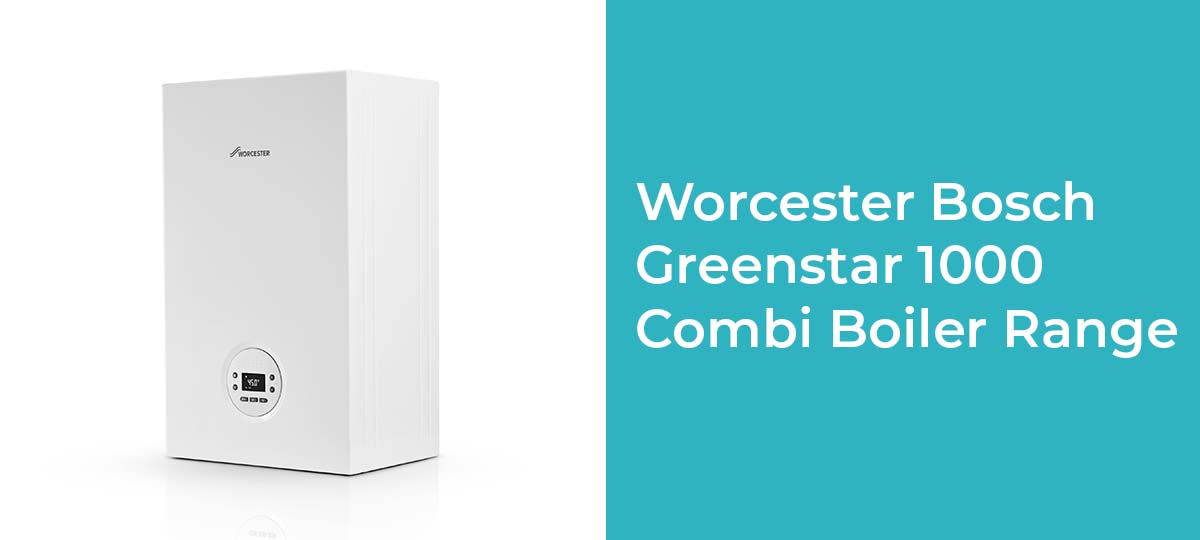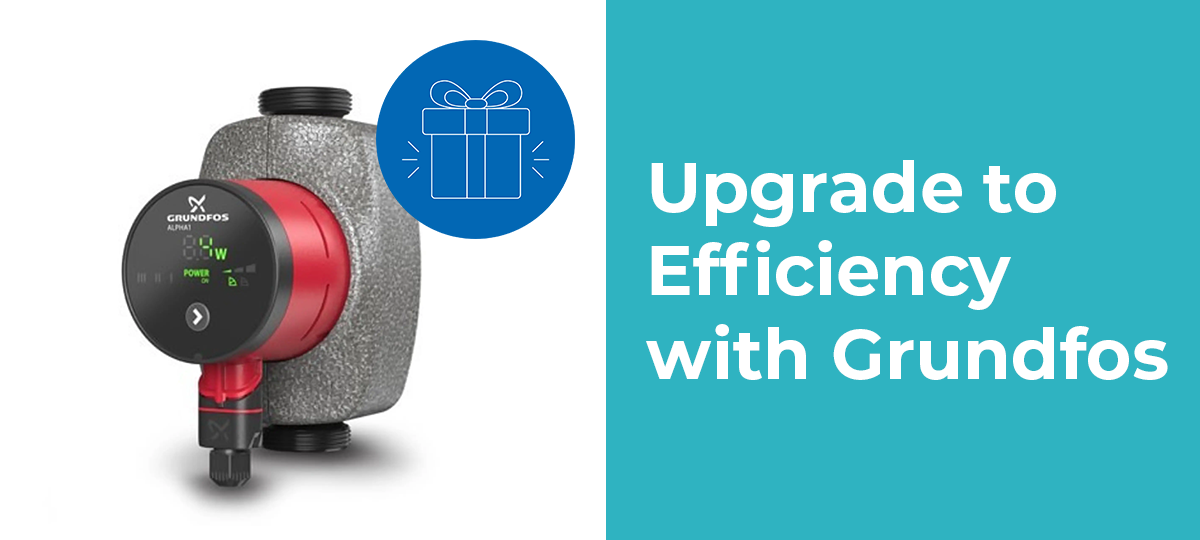The Best Way to Balance a Radiator
When it comes to home maintenance and DIY it is possible to hire a professional to take care of all the work for you, which is especially useful if you don’t mind the expense or the time to learn a new skill. However, for many people carrying out basic maintenance around the home will save money and it can also be quite good fun to learn a new skill. With this in mind, one of the tasks that can be done by most people with a bit of guidance and a few simple tools for balancing the radiators.
Why do you need to balance radiators?
The first thing to point out is that there is a difference between balancing your radiators and bleeding a radiator. The reason why you would bleed a radiator is because one particular radiator is not working correctly. Either it will not heat up correctly or will have cold spots. Balancing radiators on the other hand is a different process entirely. The goal of balancing the radiators in a central heating system is to ensure that all the radiators heat up in sync and to the same amount, hence the word, balancing.
One of the main symptoms of a central heating system that needs balancing is that the radiators heat up to different temperatures. For example, one room may be cooler than another. Having already investigated whether the specific radiator is at fault, through the process of bleeding the radiator, the next step is to look at balancing the system. This process ensures that an even flow of hot water is distributed to each radiator, and the radiators heat up evenly and at the same speed. The key cause of this issue is the distance of a radiator from the boiler. Since all the radiators are at a different distance from the boiler, this distance causes the unequal heating distribution.
How to balance a radiator?
If you want to balance a radiator yourself, you could use the trial and error method, but that is frustrating and unlikely to be successful. Ultimately one tool that will make your life much easier is a digital thermometer. This tool can be used to take an exact temperature reading at the radiator itself to ensure that all the radiators are providing heat to the correct, or balanced rate. The first step is to turn off the central heating system and let it cool down.
After this, bleed all the radiators in the system to ensure that they are working correctly. Read this guide on how to bleed your radiators. This process will put you in a good starting position to balance the radiators correctly and effectively.
Most radiators have two valves, one that lets the water into the radiator, and one that allows the water to be removed from the radiator. Familiarise yourself with both valves and their operation. Both valves should be turned fully open (anti-clockwise) so that the water can flow freely through the radiator. The lockshield valve normally has a plastic cover over it and controls the flow of the water into the radiator. Remove the cover to expose the value.
Some valves can be opened by hand, whereas other valves may need a key or an adjustable spanner. Once you have done this you are ready to turn on the central heating system. As the system heats up you will need to check each of the radiators to try to determine which order they heat up in. In a large house you may need some assistance with this as it can be hard to do on your own! Most likely the radiators that are closest to the boiler should heat up first.
Once you have noted the order the radiators have heated up in you can then switch off your central heating system again and let it cool back down. Once the system is cold again, you are ready to start to balance the radiators. The next step is to shut off the lockshield valve on the first radiator on your list, by turning the lockshield valve clockwise. Once fully closed, then turn it on again with a quarter turn or so. Familiarise yourself with the range the lockshield valve will open and close to determine how sensitive the valve is. Not all valves are created equally so a quarter turn may be too much on some valves, but too little on others. However, generally it’s a good starting point.
Let the heating system warm up again, and once fully warm take a temperature reading of the pipe coming into the lockshield valve. Then on the other side of the radiator check the temperature of the pipe leading into the secondary valve or TRV. The goal is to achieve a temperature difference between the two figures of 12 degrees where the lockshield valve temperature is 12 degrees higher than the exit valve’s temperature. Open or close the lockshield valve accordingly until that temperature is reached. Once one radiator has been set up then you can move on to the next radiator in the chain and adjust accordingly. Move along your list of radiators in turn, adjusting as you go. The further away from the boiler you go, the more likely it is that the lockshield valve will need to be opened further to meet the 12-degree difference between entry and exit pipes. Once you have completed this task on all the radiators then your radiators should be balanced correctly.
What if there are still problems with my radiators?
If you continue to run into problems with your radiators heat output around the house, then you may have some other issues with the heating system. For example, the pump may not be working effectively, or there may be sludge in the system, which is causing a heating issue. In these instances it may be worth getting the assistance of a heating engineer to examine your central heating system in more detail to determine what the problem is. We also sell many products that can help make the process easier, such as the Grundfos Alpha3 Reader shown here.
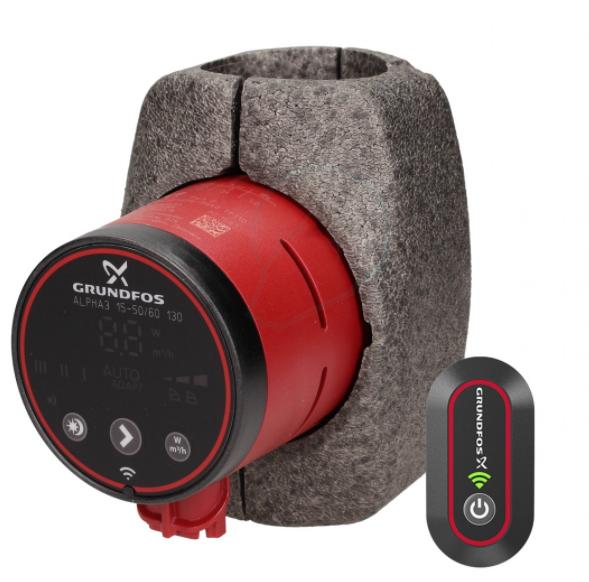
This device reads a light signal from the pump and communicates with the Grundfos GO balance app via bluetooth during the balancing process. Find out more about various radiator valves and accessories Or Find an Installer near you









